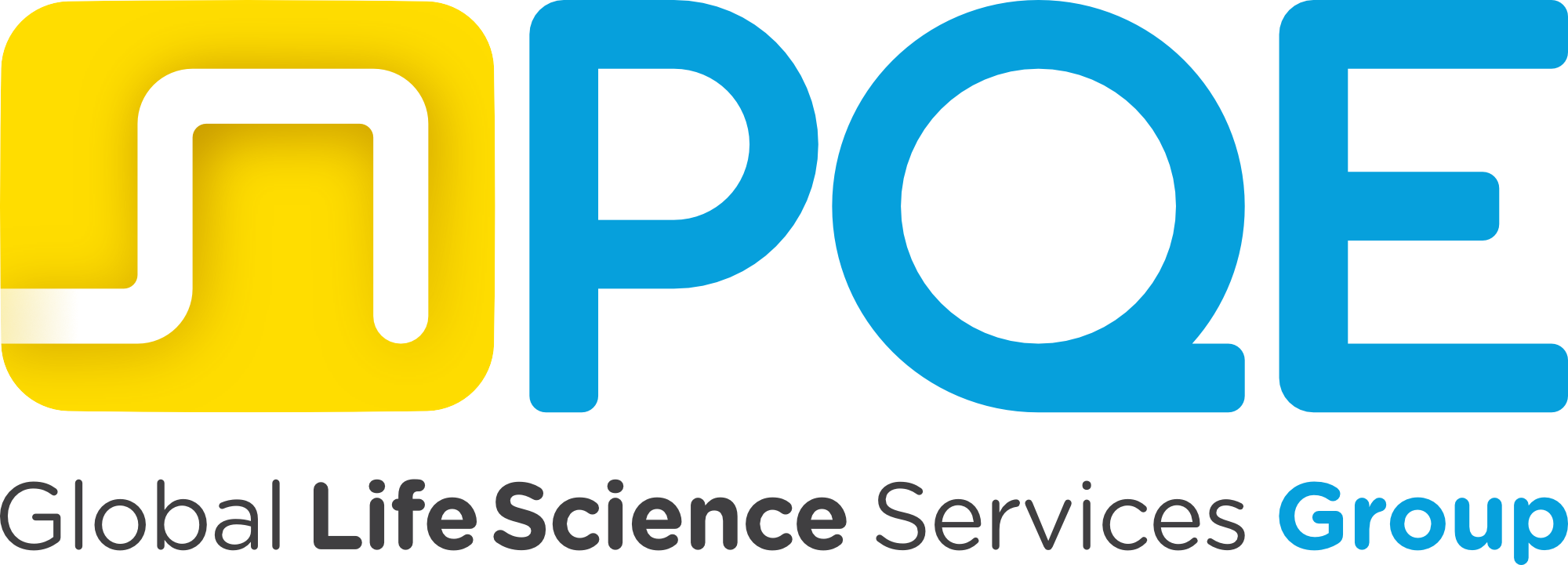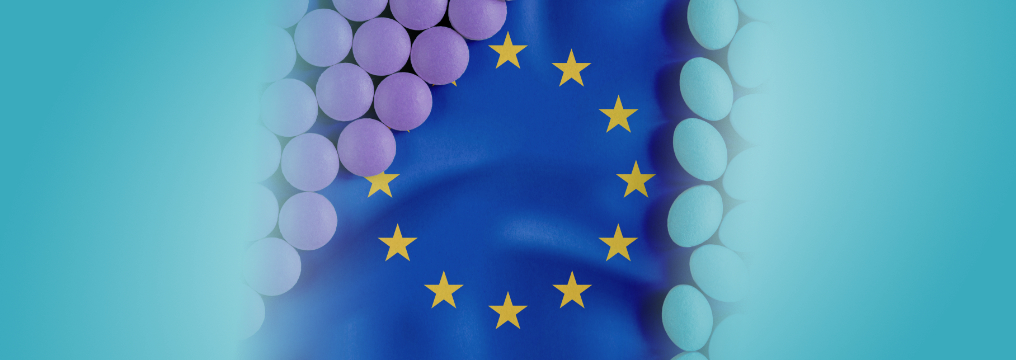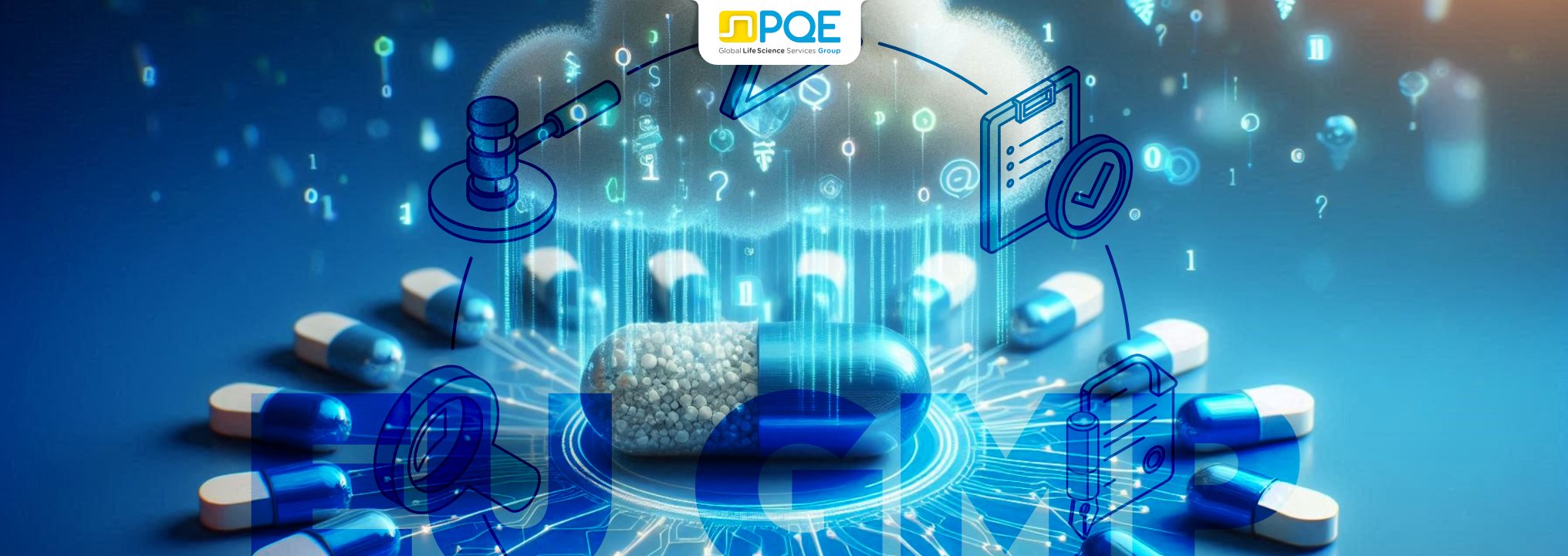PQE Group can support your business in reaching the compliance for your products as well as in implementing new procedures, tools and software.
To get more information or support, get in touch with us or check our Quality Compliance dedicate page to find the most suitable solution for your company.
Connect with us





